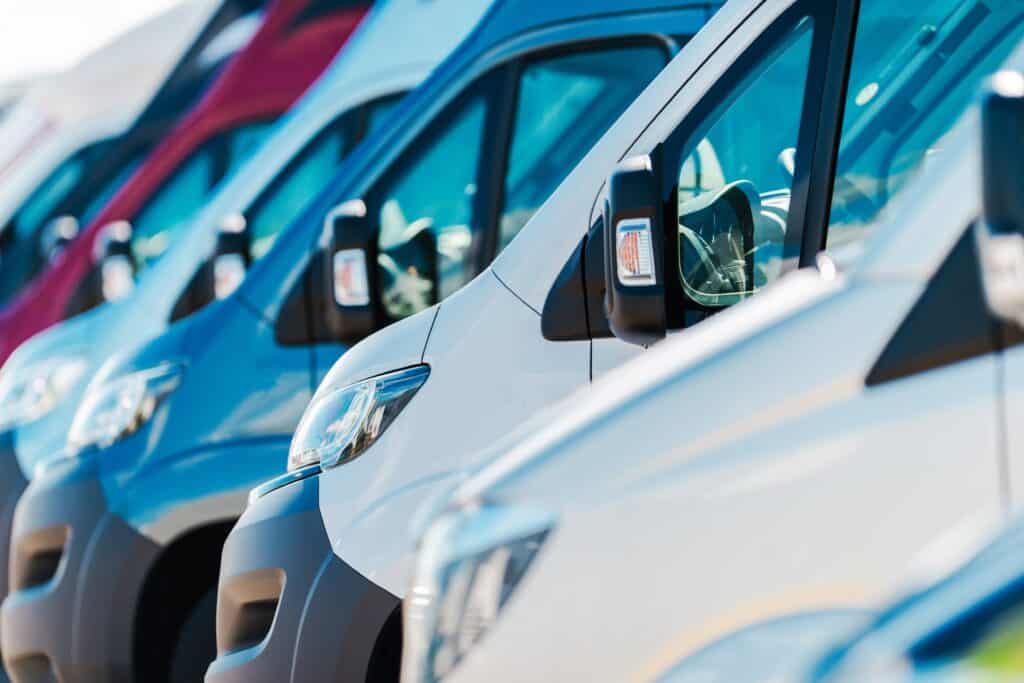
New Vehicle Safety Regulations in Europe – What Does It Mean For Fleets?
New safety regulations for vehicle manufacturers has now come into force in the European Union.
The ‘New Vehicle General Safety Regulation’ is an amendment to the minimum performance standards that previously existed in the EU, which were adopted by the UK as part of previous membership.
But with the UK no longer being a part of the EU, there isn’t necessarily a requirement to adopt the same standard for vehicles produced in the UK, so what does it all mean?
What Do New EU Vehicle Safety Rules Mean For UK Fleets?
The issue with EU directives differing from UK regulations is that many vehicle manufacturers will adopt the same standards across their production sites.
In fact, with many vehicles sold in the UK having EU specification software in place, the reality is that it’s easier to produce one singular variant rather than having a completely different model purely for the UK.
That would increase costs, something which I think all fleet owners can agree would not be welcome!
Northern Ireland has already agreed to adopt the new EU regulations, which would add even more complexity to the issue.
The reality is that manufacturers tend to prefer to cater to the most complex market and with the EU rules being more stringent, it’s highly likely that most manufacturers will design vehicles with that in mind.
Interestingly, the rules were first applied back in July 2022 when the first phase of the regulations mandated technical requirements on new vehicle models, with phase two applying to new vehicle models until July 2024.
But now the new rules are officially in place for existing models as well, meaning they apply across the board.
Further phases will look at adding Advanced Driver Distraction Warning systems, as well as pedestrian and cyclist warning systems to alert drivers.
How Will Intelligent Speed Assist Affect Drivers?
A key part of the new EU regulations is the introduction of ‘Intelligent Speed Assist’ (ISA) which recognises traffic signs and provides warnings when drivers are exceeding the speed limit.
This warning already exists on many vehicles as manufacturers phased its introduction in preparation for rule changes.
As part of the regulations, the function is automatically switched on in all vehicles but can be disabled by the driver – but it’s automatically re-enabled every time the car is switched on.
The technology uses a forward-facing camera in the windscreen to detect traffic signals in conjunction with speed limits gathered from mapping data, which puts pressure on those systems to be kept up to date.
Some vehicles will reduce speed automatically, although most only employ audio and visual warnings as there are questions over safety when it comes to reducing speed without visibility on road and traffic conditions (close following vehicles, for example).
What do you think of the new EU safety regulations on vehicles? Do you think it will have a positive impact on driver safety? Let us know in the comments below.

